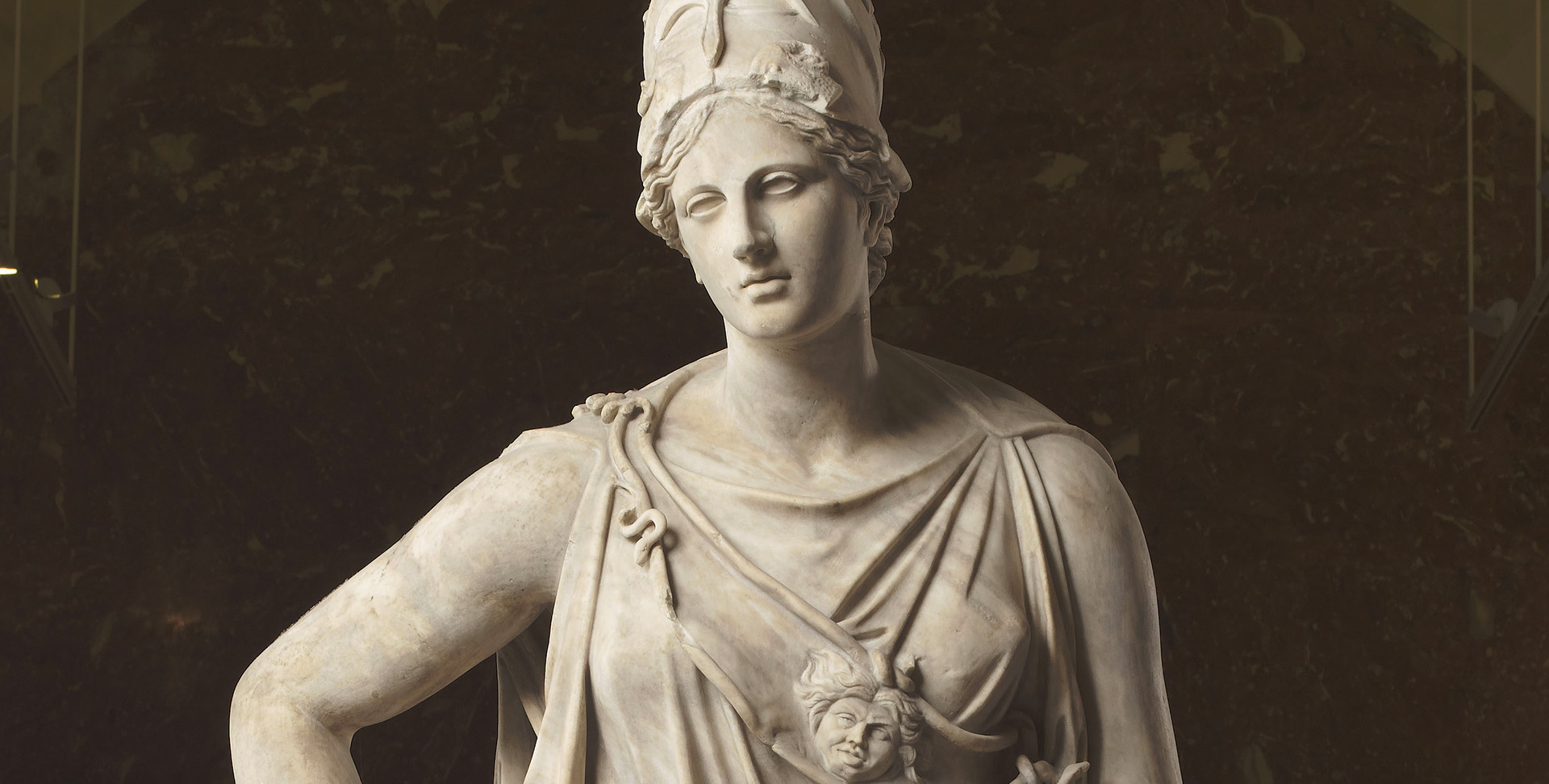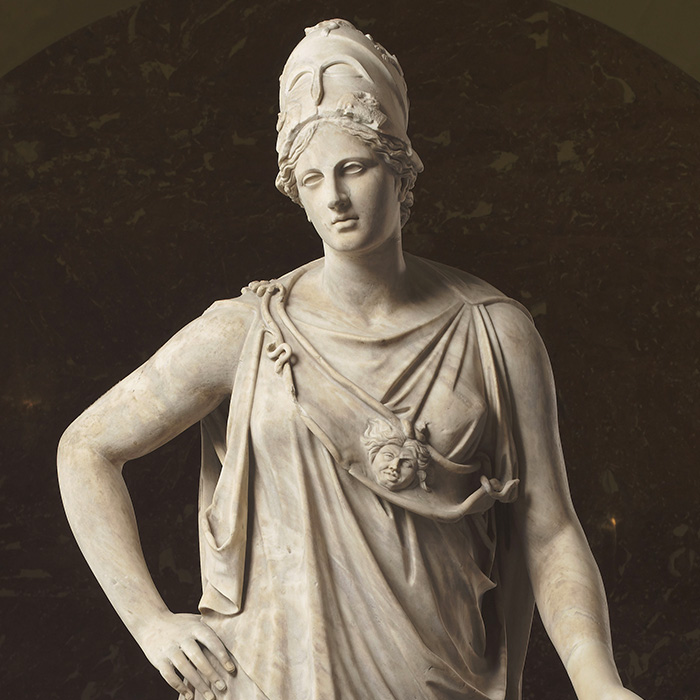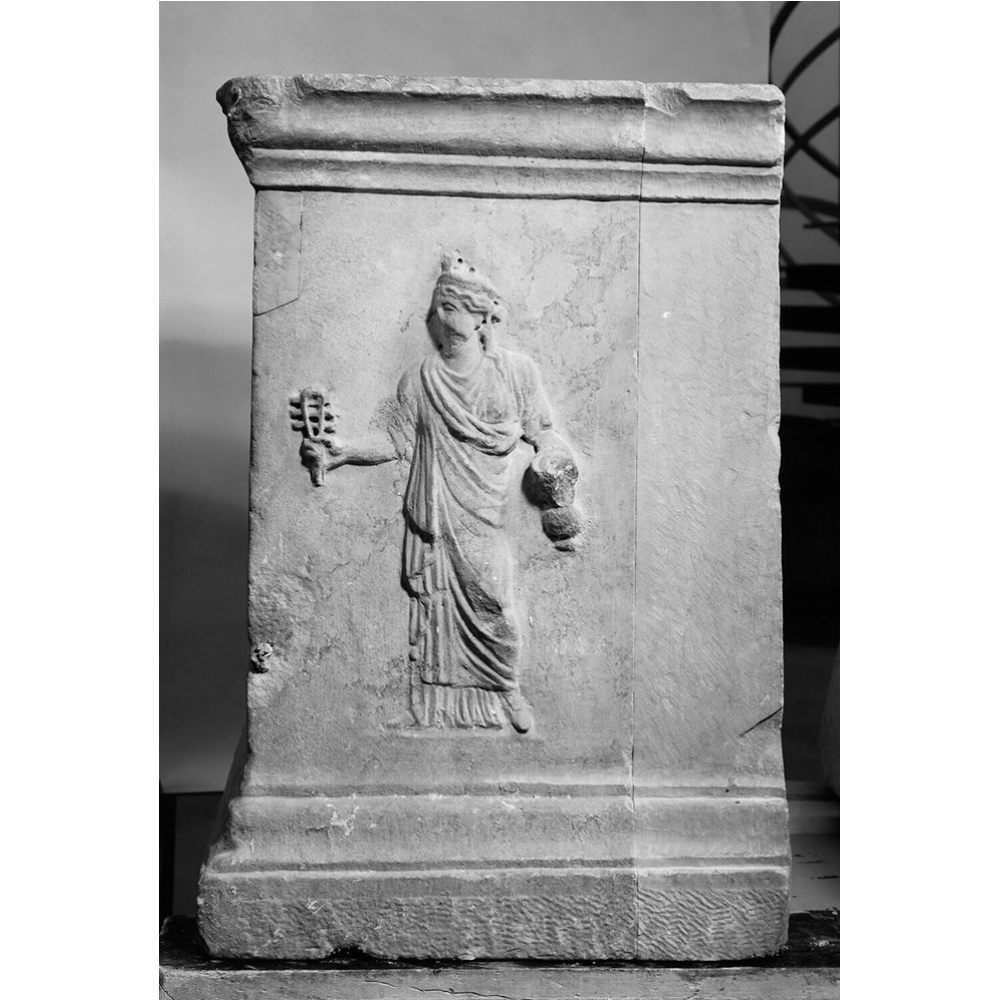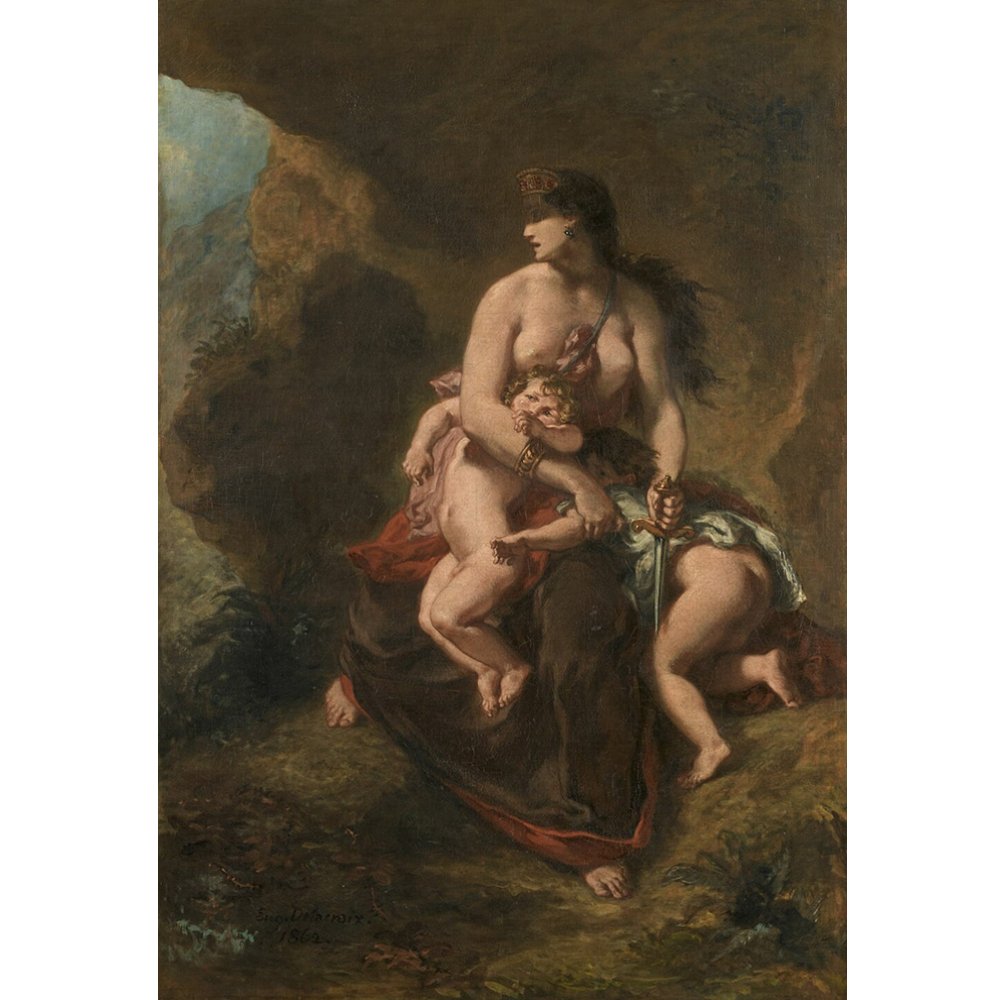



You have surely heard of Demeter, Hera, or even Aphrodite… They are members of the large family of greek gods or deities who, in ancient myths, possess power superior to humans.
The faithful aren’t entirely selfless in dedicating prayers and offerings to them, as they seek the favour of the deities. Each god or goddess offers their protection in an aspect of life.
So, what supernatural powers do the female goddesses have?
In the ancient Mediterranean world, they were often associated with the following areas:

The influence of these ancient figures transcends time — they even feature in a very popular cartoon!

In ancient myths, deities are entities that possess power superior to humans.
The “vestal virgins” get their name from the goddess Vesta, protector of the home. For the Romans, it was in the home that a particularly important fire burnt — one for preparing meals.
Together, these priestesses dedicated their lives to worshipping this goddess in order to protect the city of Rome. And how did they do that?
They earned certain privileges for performing their duties in the public interest. Notably, they were autonomous — they were free from any paternal or marital guardianship, unlike other Roman women!


In ancient Rome, the vestal virgins were priestesses of Vesta, goddess of the hearth and home.
Although out of reach for vestal virgins, love gives many deities their purpose! But it doesn’t mean the same thing to all of them…
Discover this example featuring two myths about Ishtar & Isis!

The deities associated with love can represent sexual love, like Ishtar, or marital love, like Isis.
Venerated in ancient Egypt, she is (among other things!) the goddess of fertility.
Amulets in her honour were worn to protect pregnant women from the risk of miscarriage and death in childbirth. Pregnancy was, until recently, an extremely dangerous stage in a woman’s life so it was better to have the gods on your side!


This deity is so important that she can be found throughout the Mediterranean basin!
She can be recognised on this altar from ancient Rome by the musical instrument in her hand. It is a sistrum, used in Egypt during ceremonies in her honour.

In antiquity, Isis, the Egyptian goddess of fertility, was revered as far away as Rome.
Isis (her again!) has another hat that she’s not the only one to wear — that of the maternal figure.
Historically, women have frequently been associated with the portrayal of a maternal figure. This kind of image of mother and child transcends eras, geographical regions and religions.
Let’s take a look at some examples!

Representations of a maternal figure looking after her child have transcended geographical boundaries and eras.

In contrast to all these virtuous mythological figures, Medea embodies much darker aspects. This woman turned Machiavellian to get revenge on her unfaithful husband, even going as far as killing her own children.
The Greek playwright Euripides recounts this myth in his tragedy titled “Medea.” This story has indeed travelled widely, as it can be found, for example, in Egyptian papyri!
The figure of Medea has been revisited many times in literature and the arts, shedding light on the multiple facets of the character: sometimes a ruthless murderer, other times a wounded wife, and at times a learned woman and sorceress.
While women have been depicted extensively as mothers and wives, it’s now time to discover other representations and their clichés!


The mythological figure of Medea is that of a Machiavellian woman who went as far as killing her own children.

"*" indicates required fields